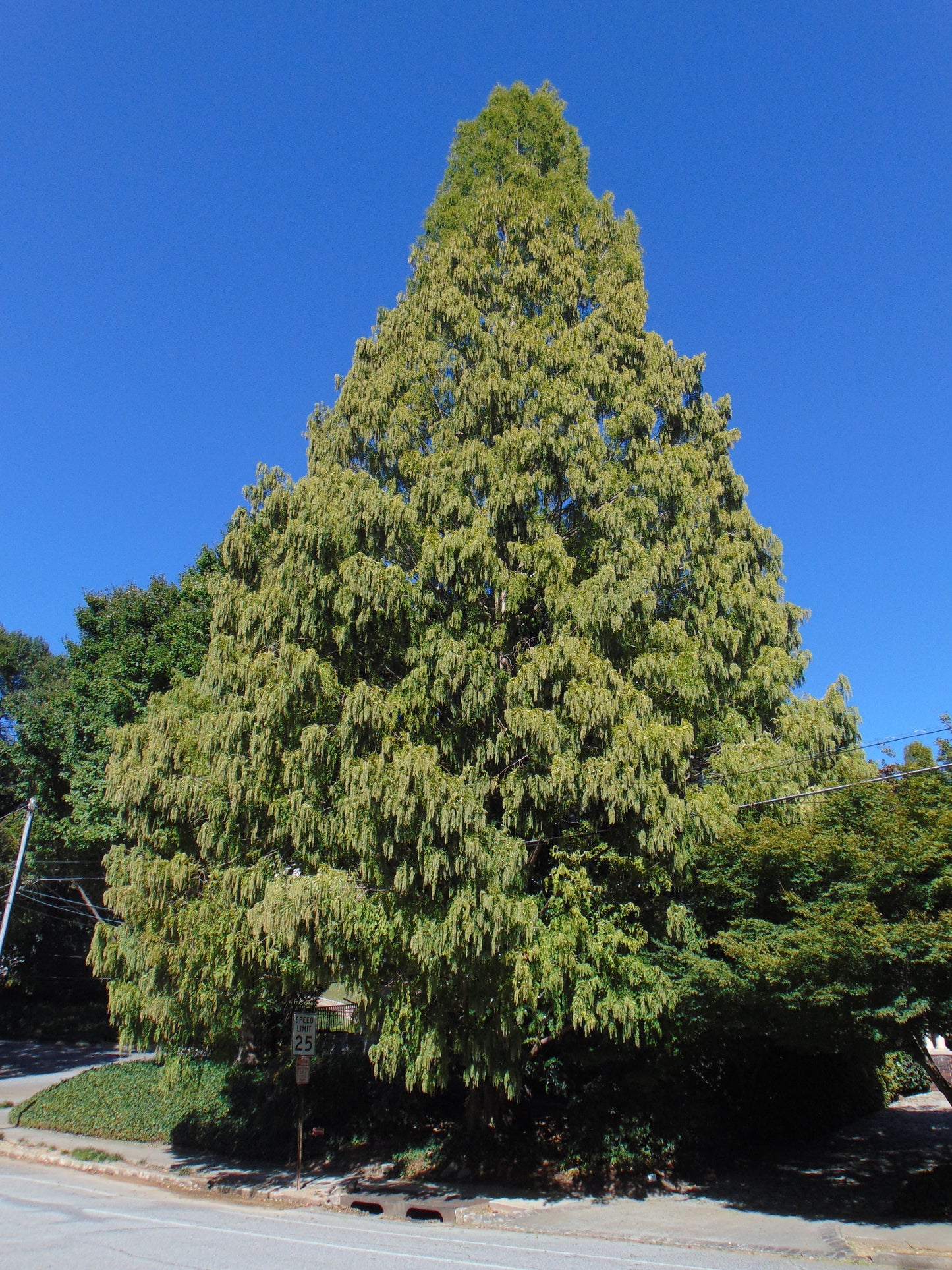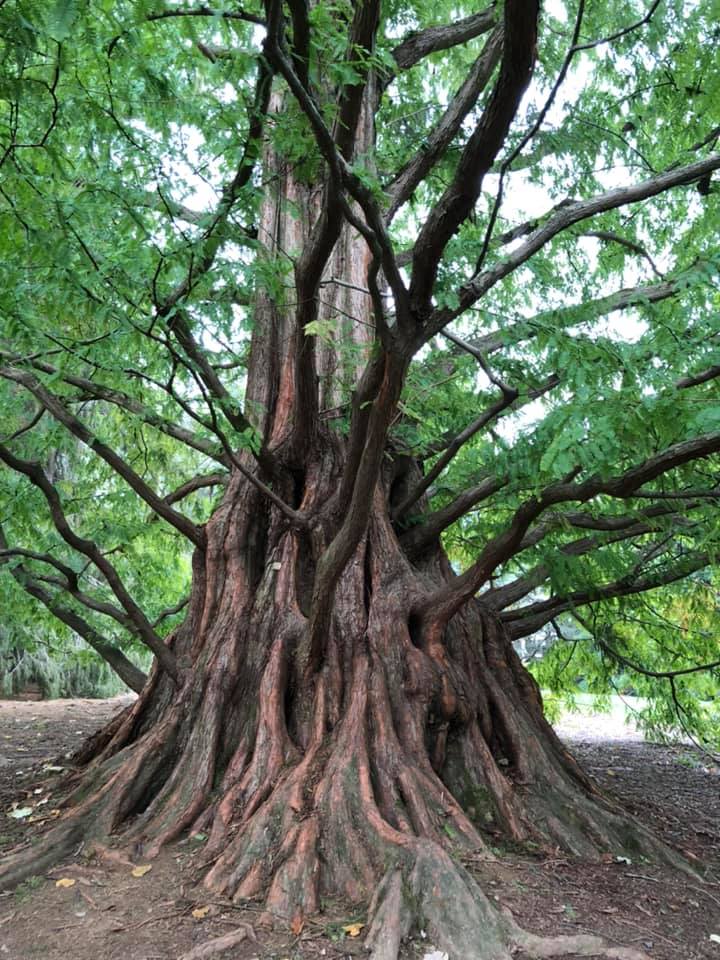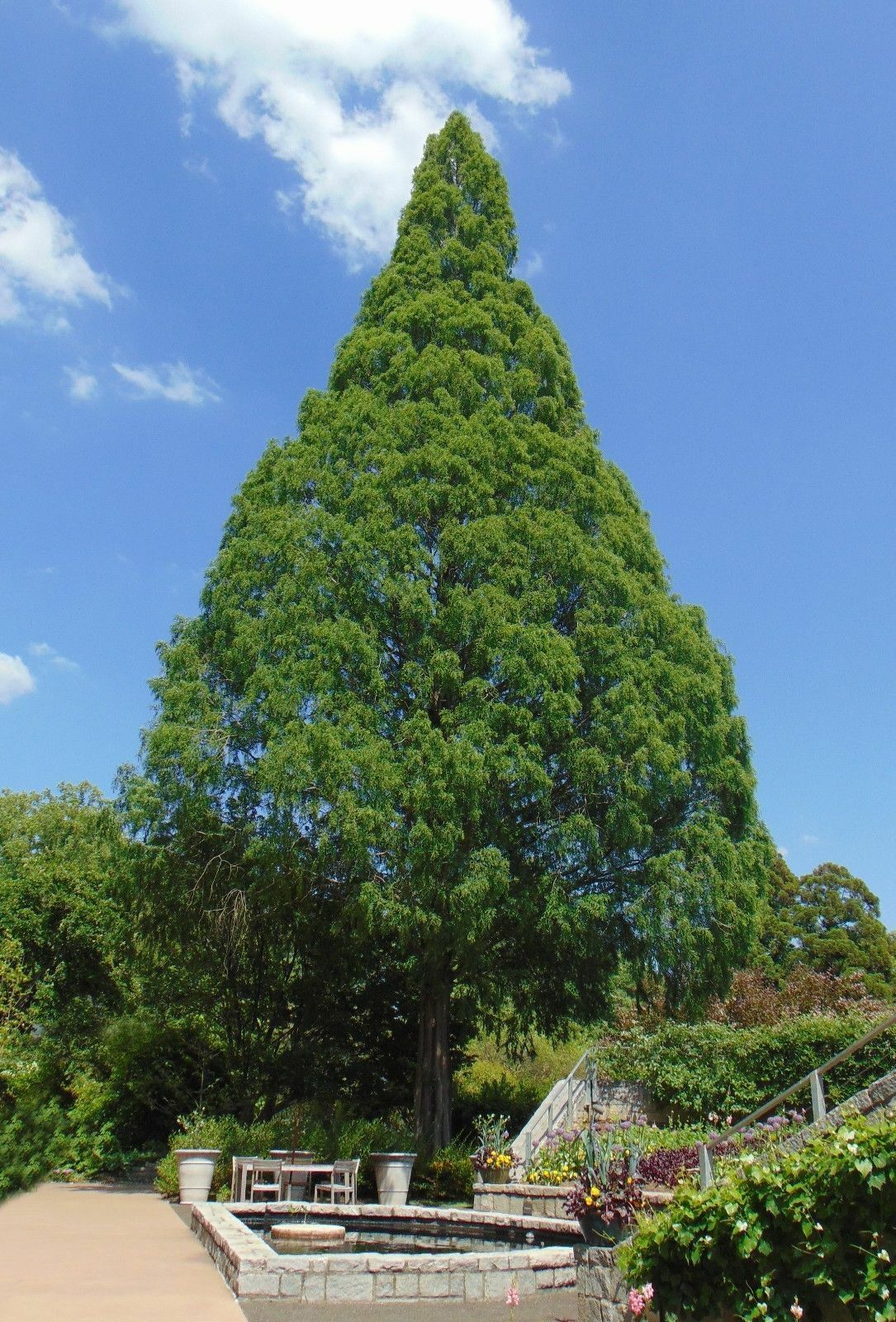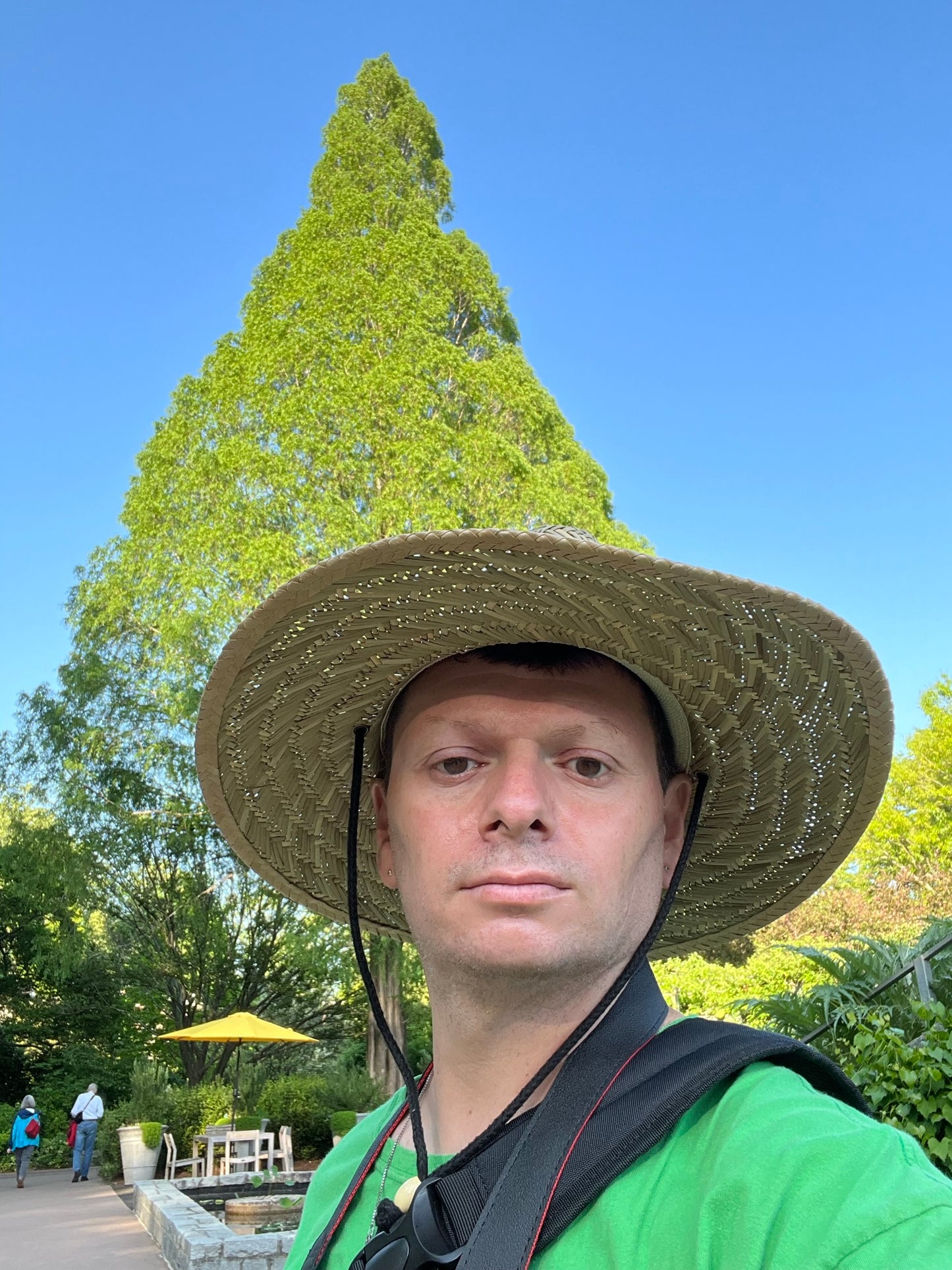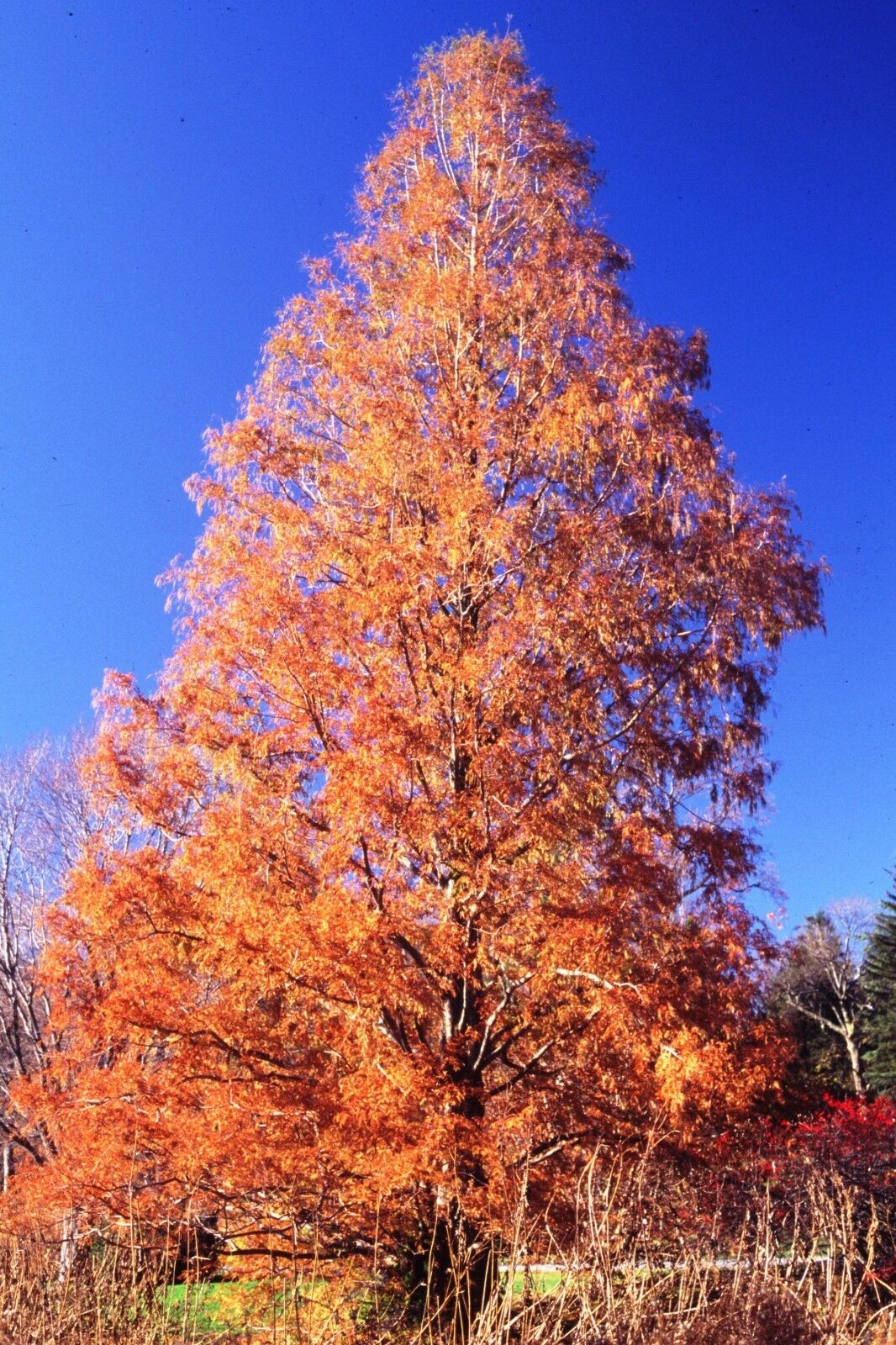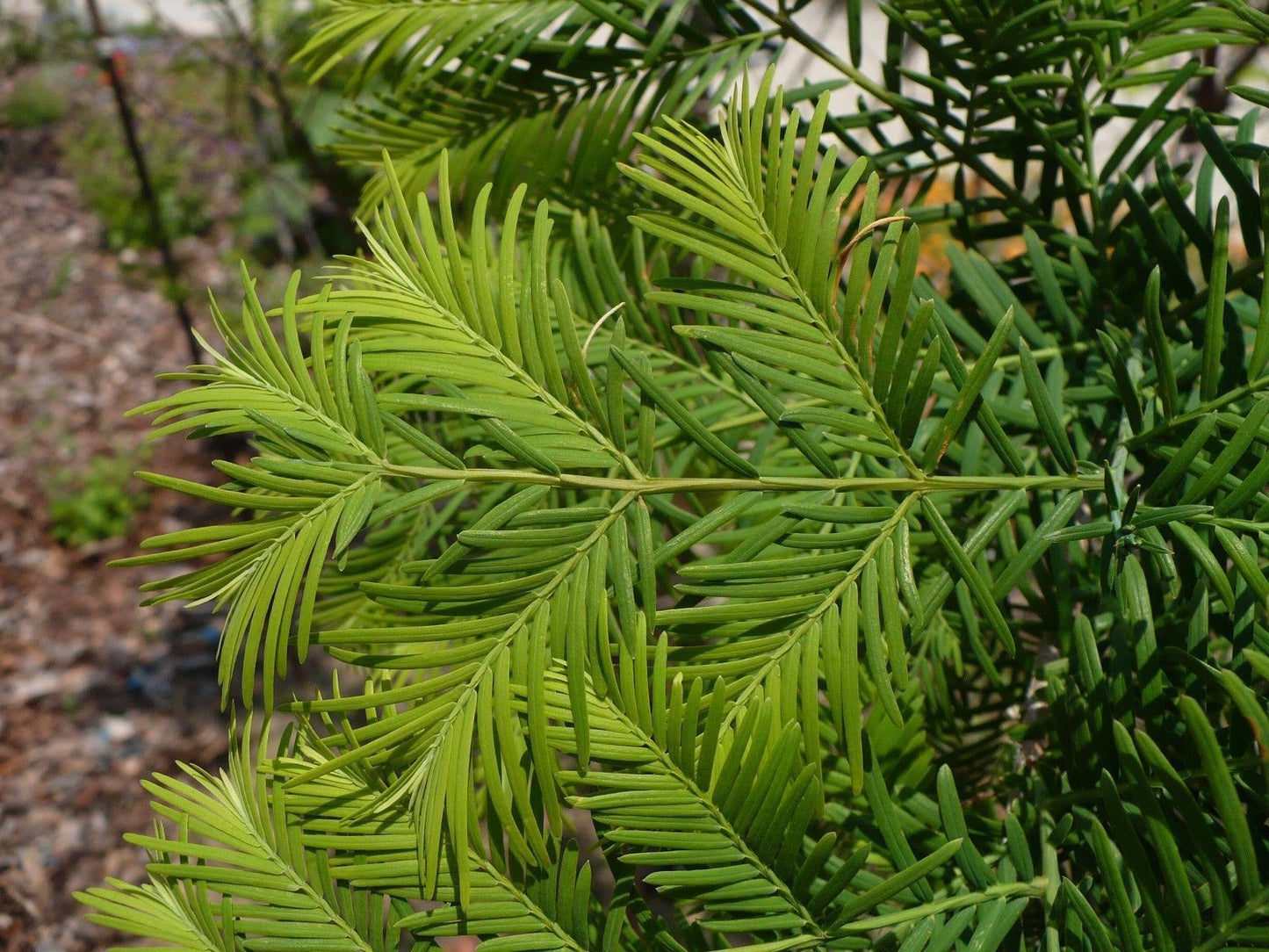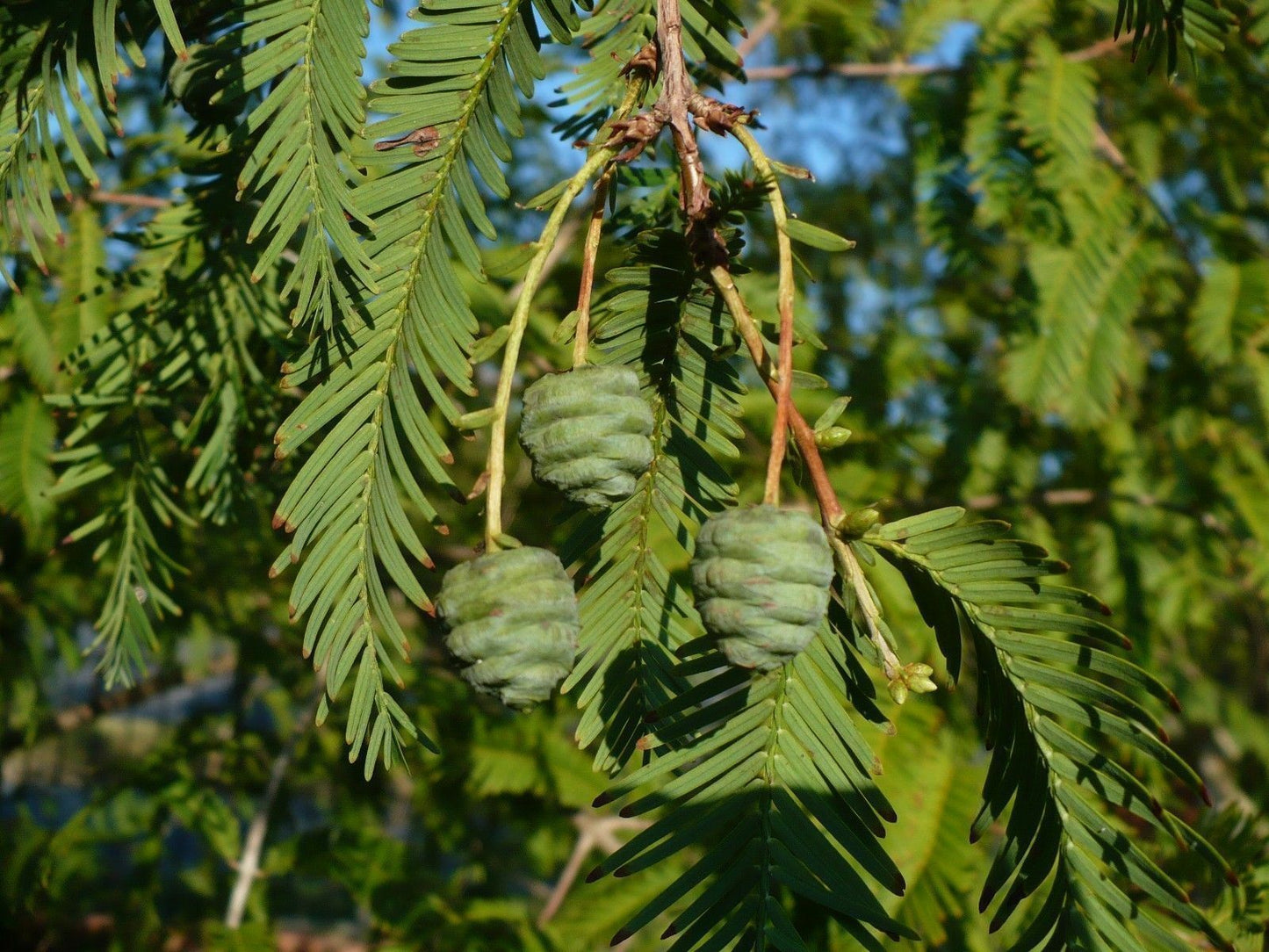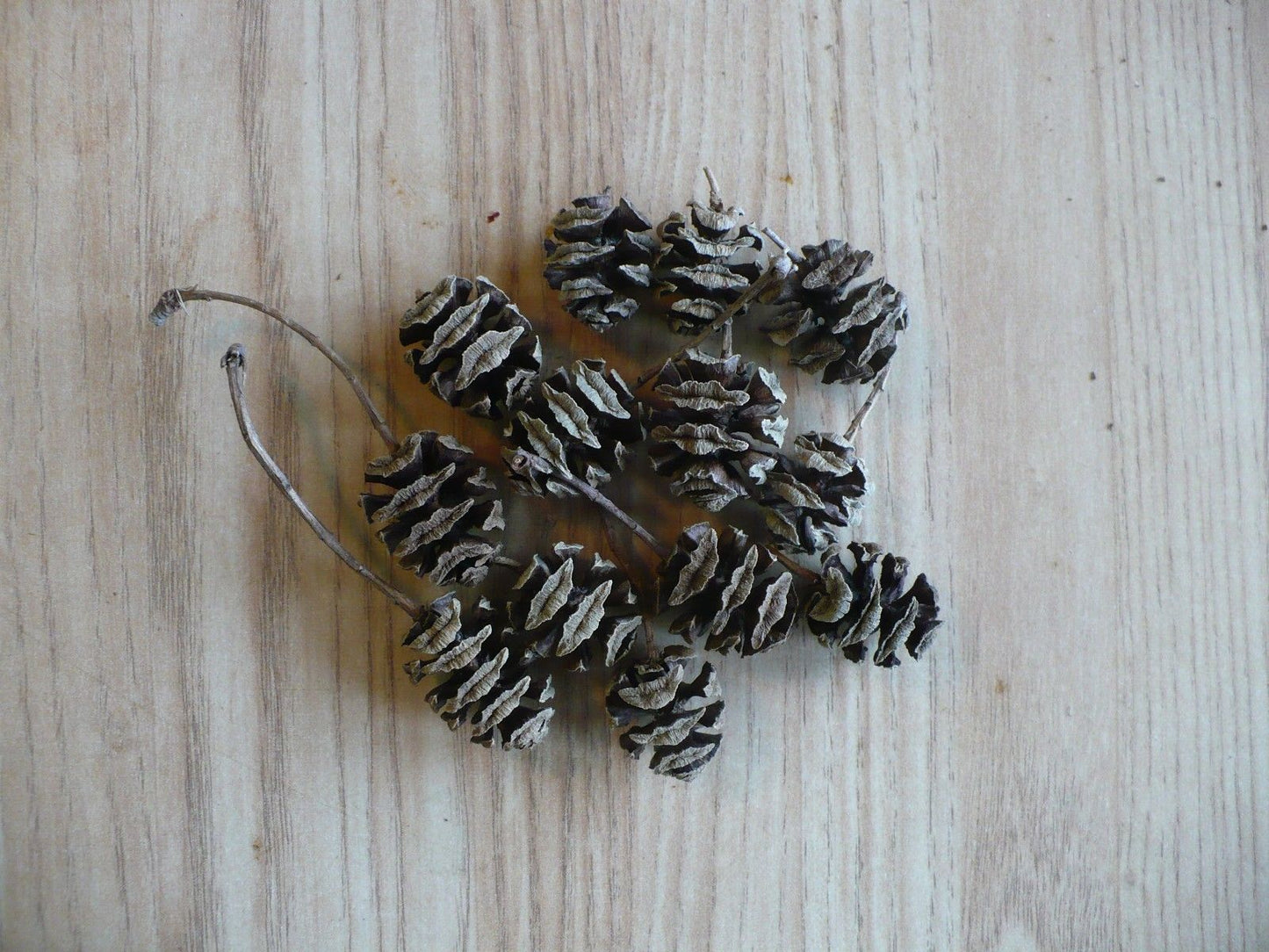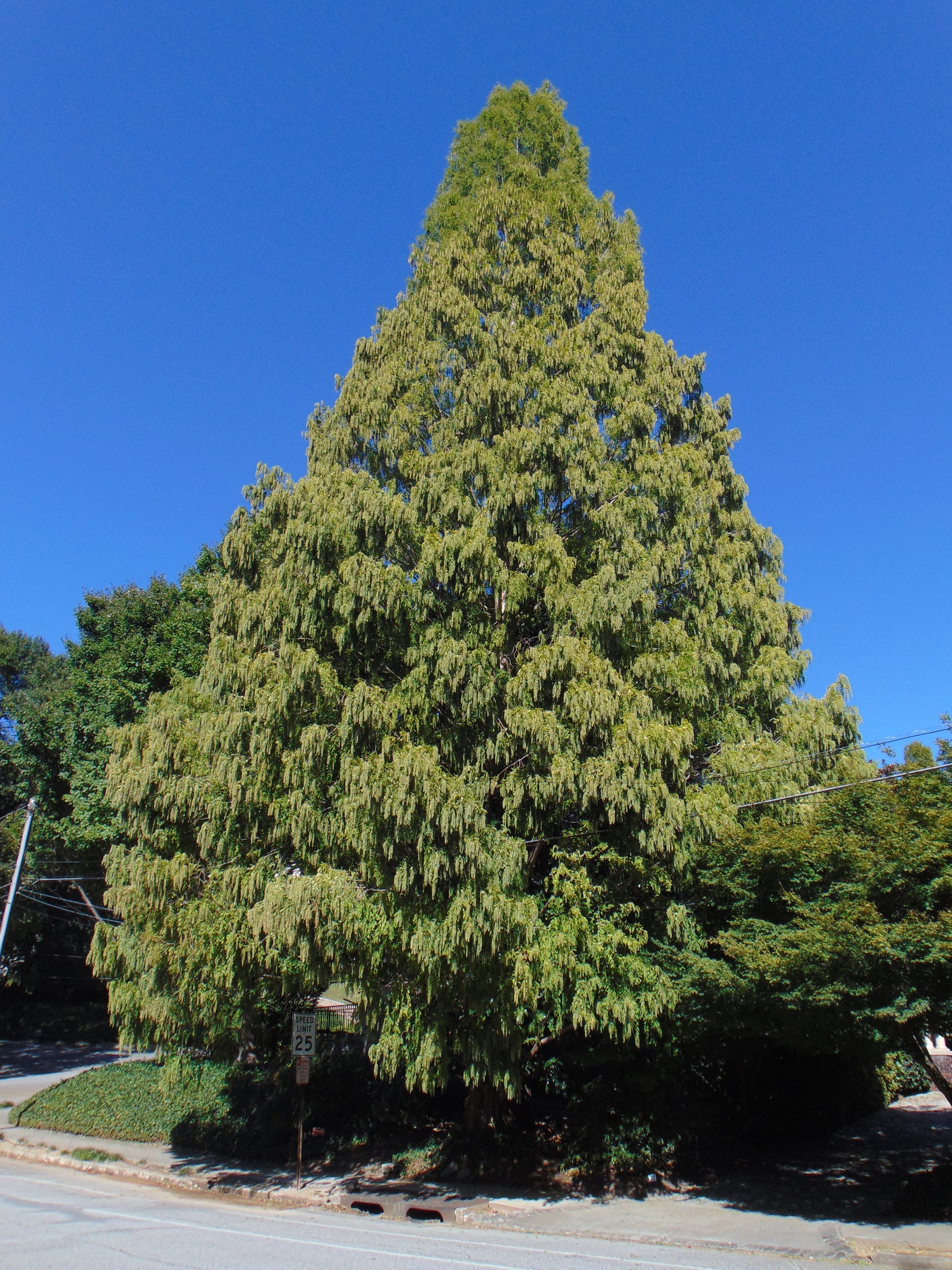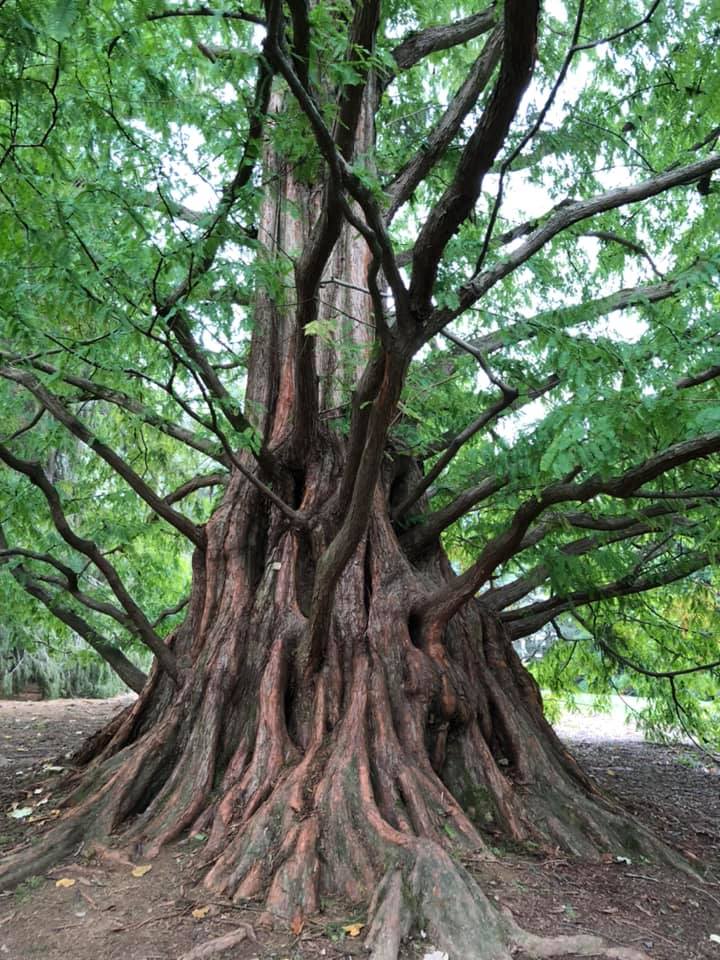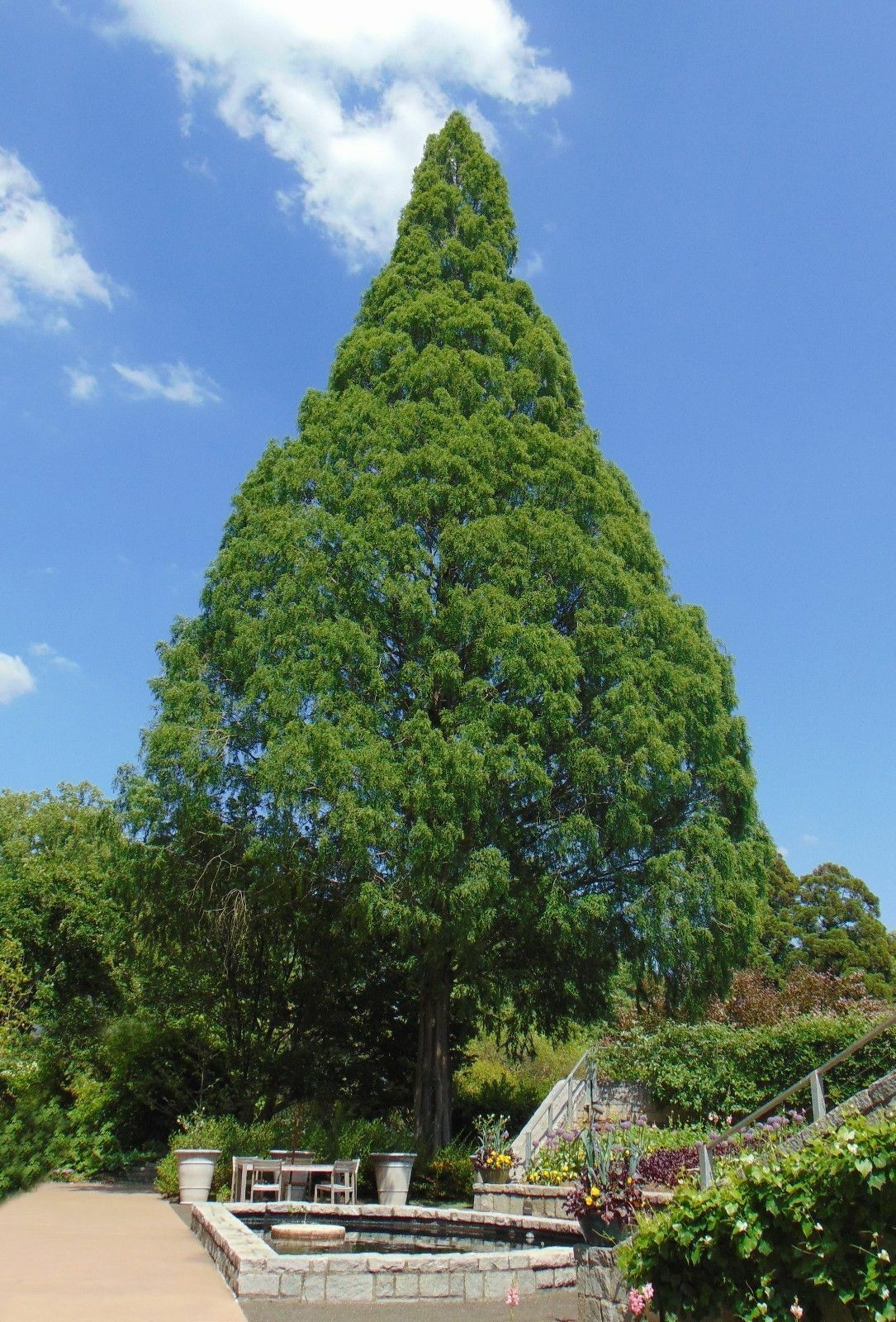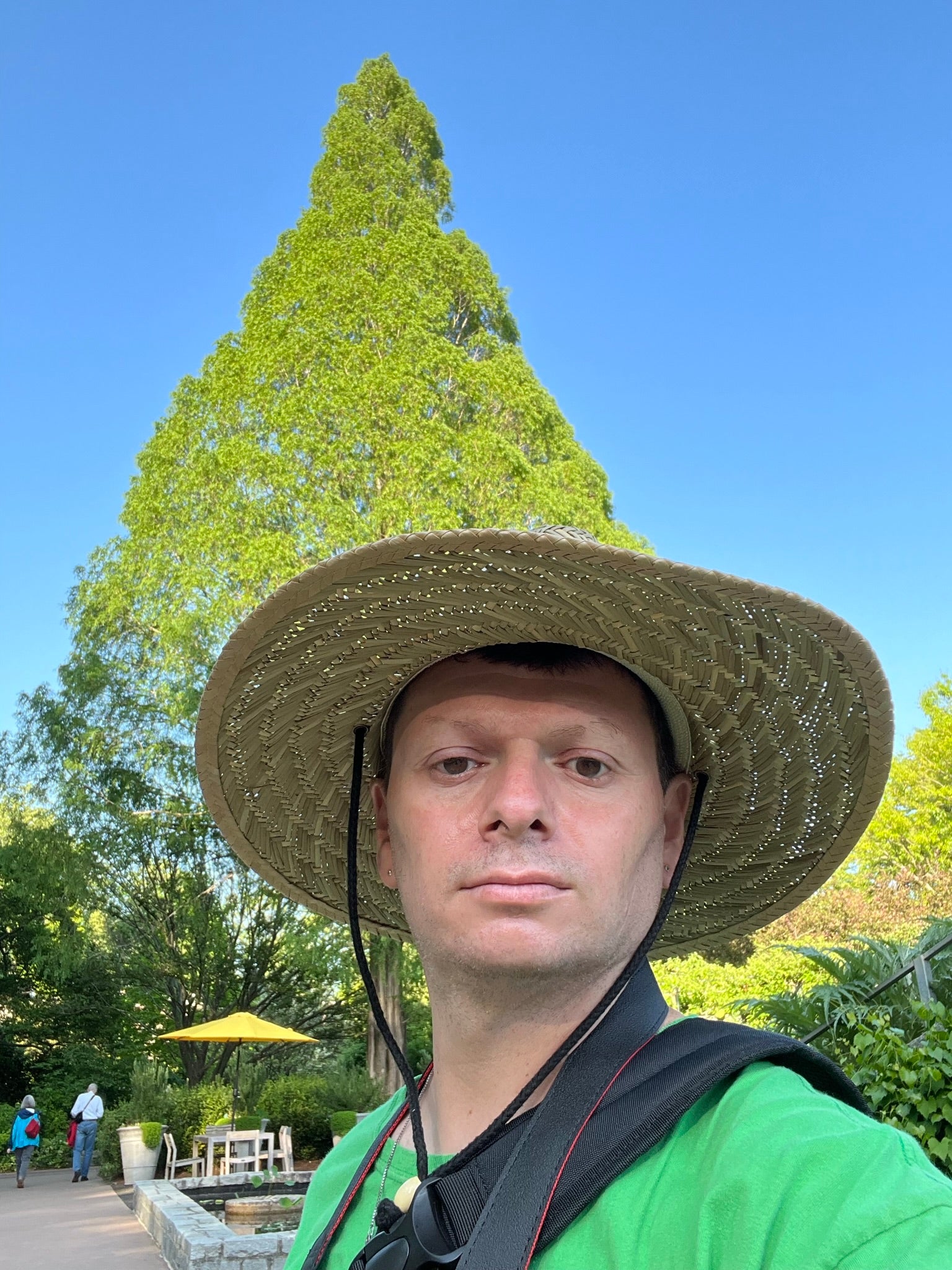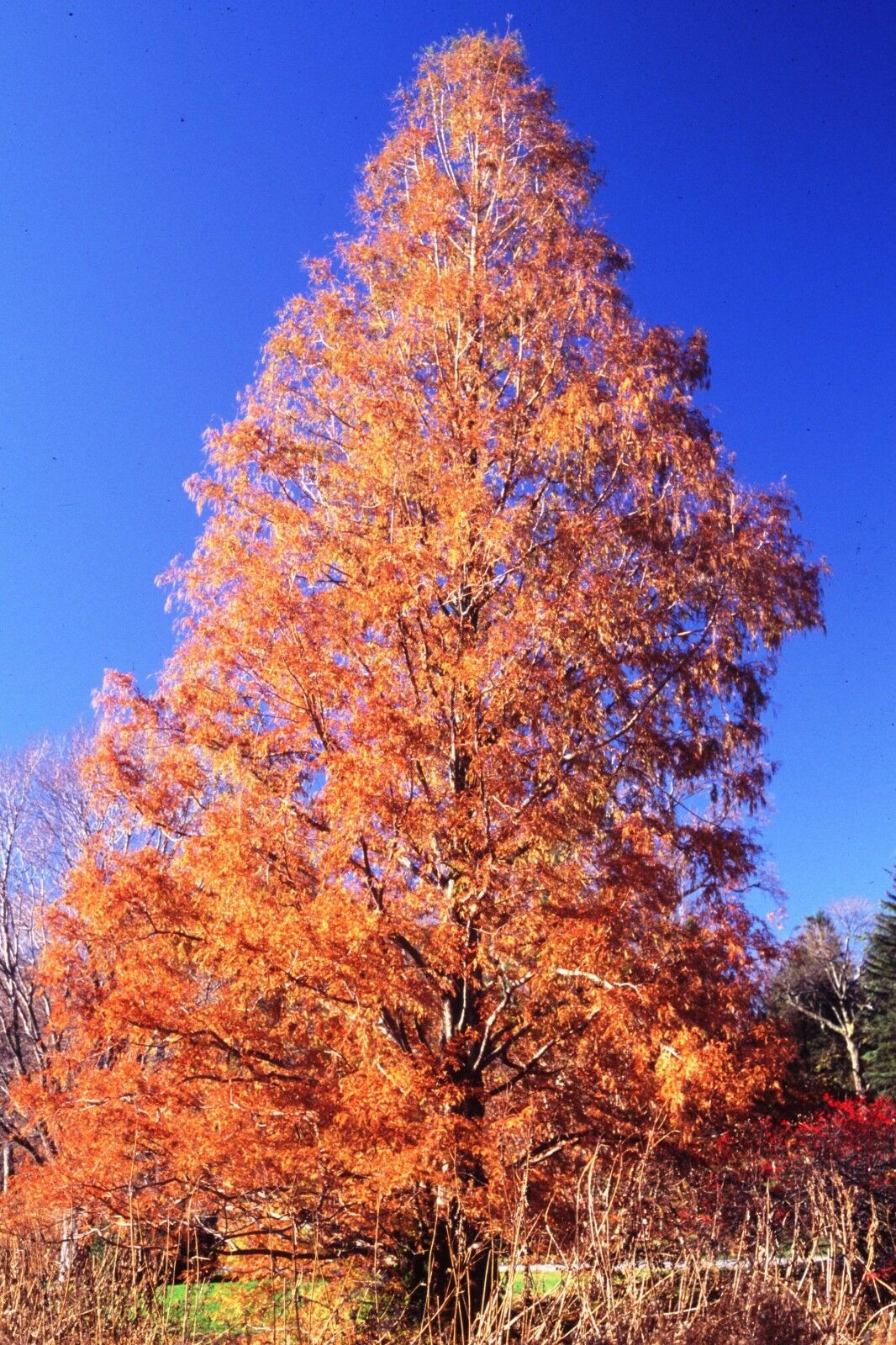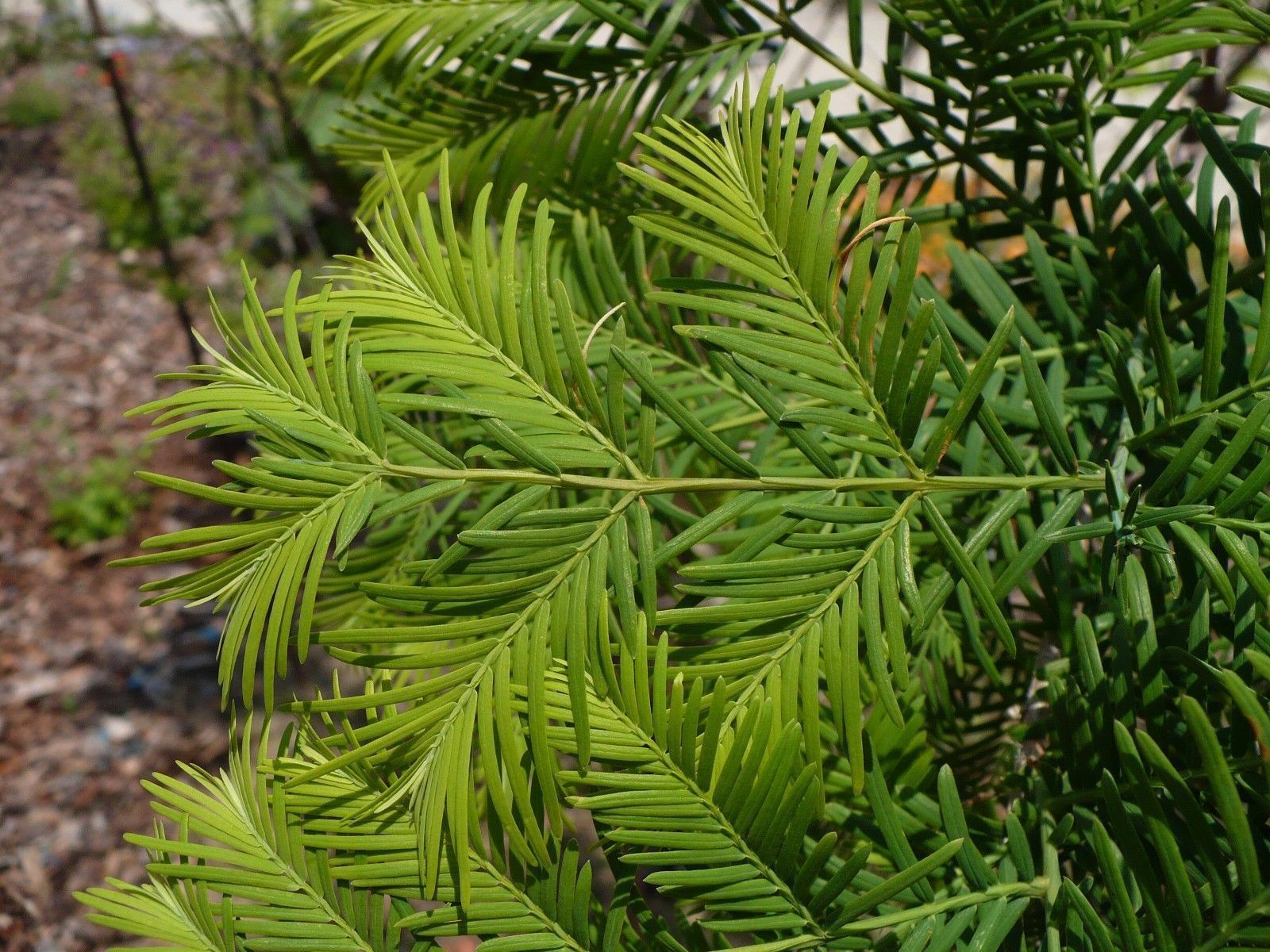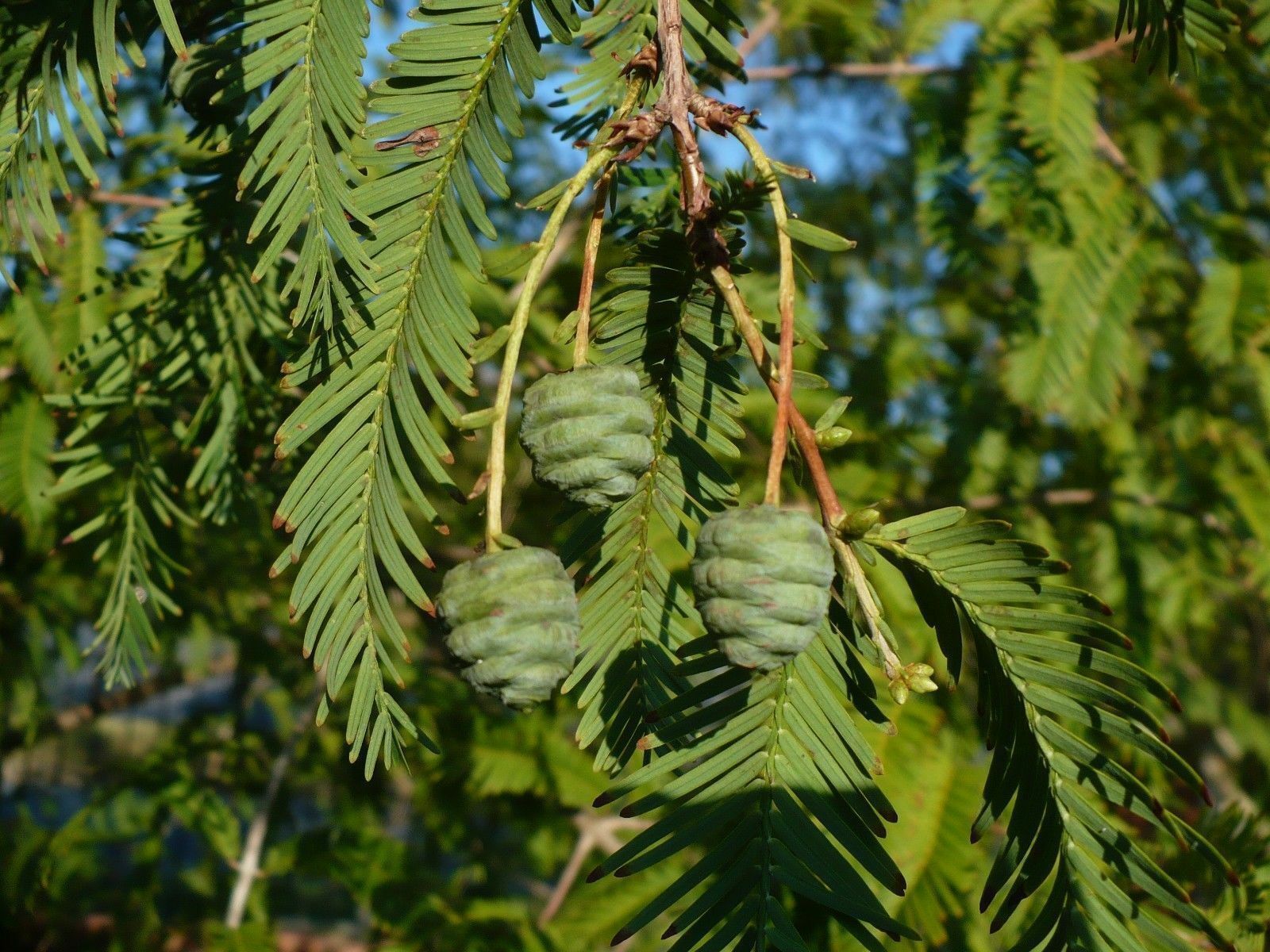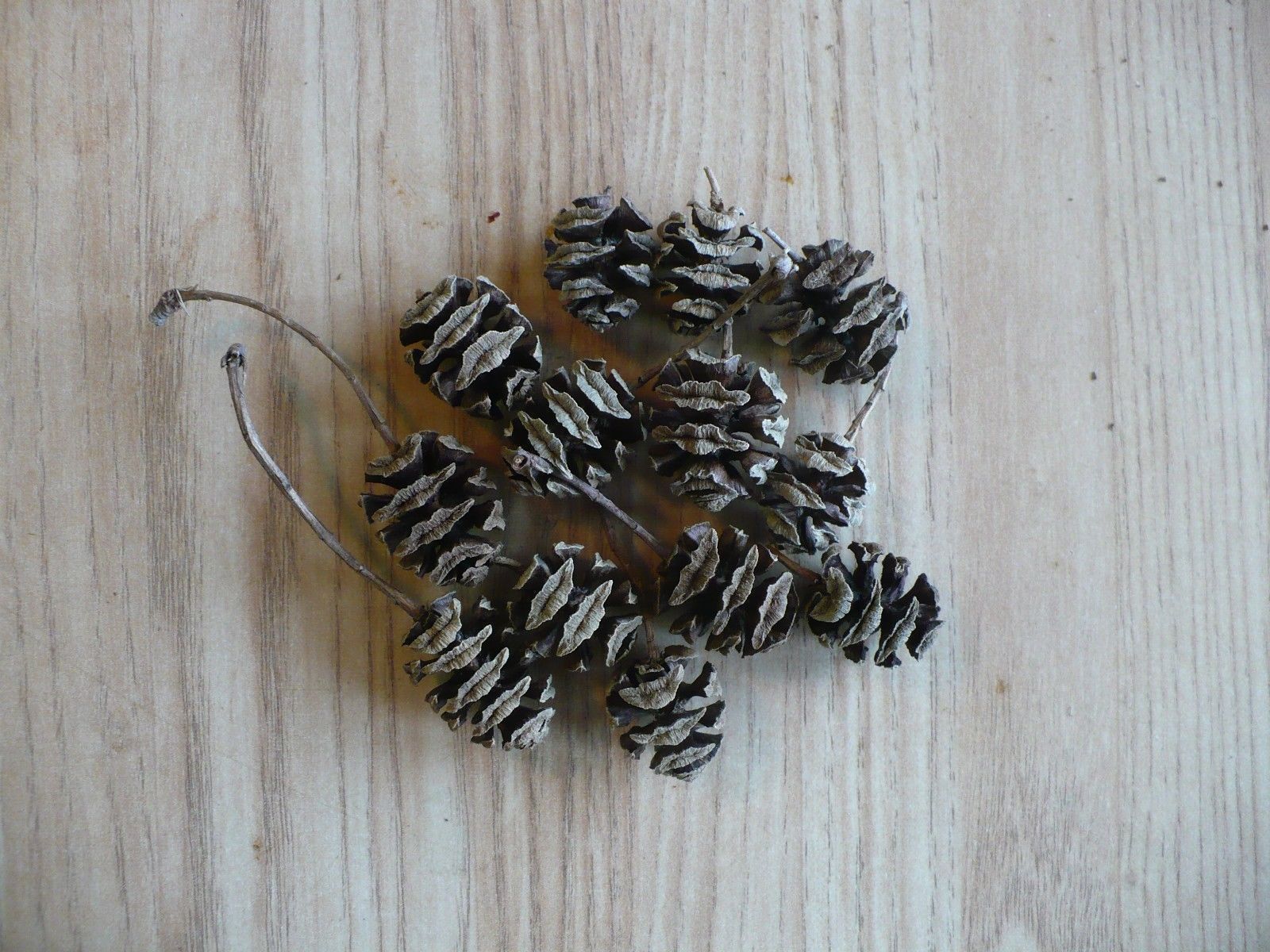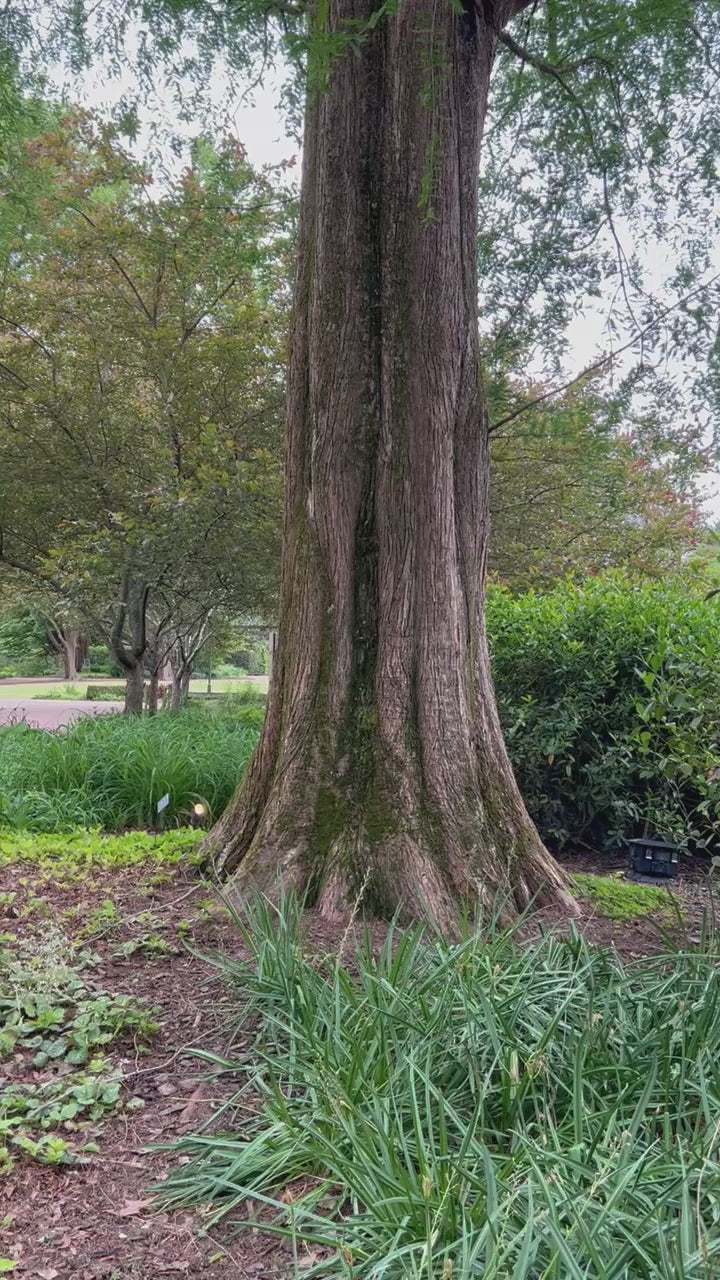Floridaseeds
Dawn Redwood 200 Seeds Metasequoia glyptostroboides
Dawn Redwood 200 Seeds Metasequoia glyptostroboides
Couldn't load pickup availability
Metasequoia glyptostroboides, commonly known as dawn redwood, is a deciduous coniferous tree and is the only living species in the genus Metasequoia. Here's a description:
Appearance: Dawn redwood is a majestic tree with a conical to pyramidal shape when young, maturing into a more columnar or broadly conical form with age. It typically reaches heights of 50 to 70 feet (15 to 21 meters) or more, with a trunk diameter of up to 6 feet (1.8 meters).
Leaves: The leaves of Metasequoia glyptostroboides are opposite and deciduous, resembling needles but arranged in a feathery, fern-like manner. They are bright green in spring and summer, turning various shades of yellow, orange, or reddish-brown in autumn before dropping.
Bark: The bark of dawn redwood is cinnamon to reddish-brown and exfoliates in long, thin strips, revealing a smooth, lighter-colored inner bark.
Cones: Dawn redwood produces small, spherical cones that are about 1 inch (2.5 cm) in diameter. The cones mature in autumn, releasing winged seeds that are dispersed by the wind.
Habitat: Metasequoia glyptostroboides is native to China, where it is found in valleys and along riverbanks. It prefers moist, well-drained soil and thrives in full sun to partial shade.
History: Dawn redwood was thought to be extinct until living specimens were discovered in remote regions of China in the 1940s. Since then, it has been widely cultivated as an ornamental tree in gardens and parks around the world.
Cultural Significance: Dawn redwood is valued not only for its beauty but also for its historical and ecological significance. It is considered a "living fossil" because it was previously known only from fossils dating back millions of years. Its discovery in the 20th century provided new insights into the evolutionary history of conifers. Hardy in zones 5-8.
Growing Instructions for the Dawn Redwood
The seeds have a period of dormancy. They can be planted outdoors in the fall or winter for spring germination or they can be cold stratified to simulate winter conditions and to break their dormancy at any time of the year. 1. Place the seeds in a plastic bag and seal it. Store the bag in a refrigerator for two months. 2. Fill a pot with potting soil. 3. Sow the seeds on the soil and cover them with a thin layer of soil. 4. Water the container and leave it to drain. 5. Put the pot in a warm, sunny area. 6. Water the pot regularly so that the soil is moist but not wet. 7. The seedlings can be transplanted when they are a few inches tall.
Materials
Materials
Shipping & Returns
Shipping & Returns
Dimensions
Dimensions
Care Instructions
Care Instructions
Share
